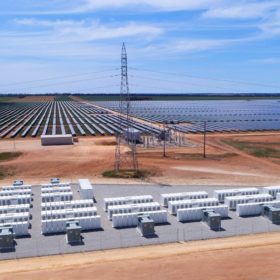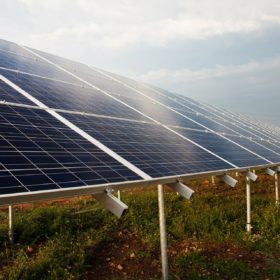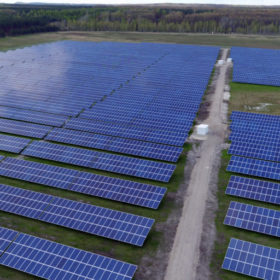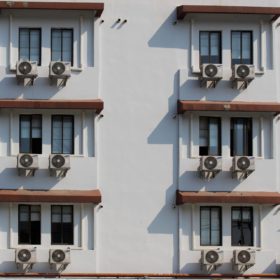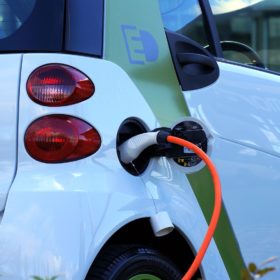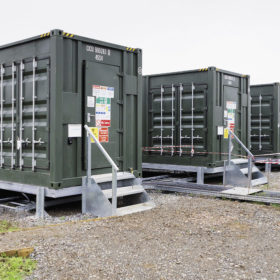Australia’s AEMO radically curtails output of five large solar farms
The Australian Energy Market Operator constrained the output of several large-scale solar plants by 50% on Friday, in response to voltage fluctuations in a 220 kV network spanning the states of Victoria and New South Wales.
Solar-plus-storage vs grid enhancement part II
Grid expert Andrea Mansoldo tells pv magazine how energy markets based on solar and storage are feasible as an alternative to costly grid infrastructure work. He says around 6 GWh of battery capacity may be a good alternative to building 1000km of power line or an AC 750 kV high-voltage line.
Germany will need 160 GW of solar by 2030 to prevent power shortages
EuPD Research has calculated what needs to be done to replace the nuclear and coal generation to be phased out in Germany. Accelerated expansion of PV appears the best short-term option. However, storage capacity will need to increase 30-fold by 2040 so solar can become the main pillar of the country’s energy system.
The cooling effect of PV
Research from Finland’s Aalto University claims the residential cooling sector could sustain 540 GW of solar generation capacity if the world’s air conditioning systems were solar powered. Academics say synergies between PV and the cooling industry will become stronger as demand for the latter shifts nearer the equator, where seasonal differences in weather are less pronounced.
Does slew of solar mega tenders mean Gulf nations are belatedly accepting the inevitable?
With Kuwait, Qatar and even renewables laggard Saudi Arabia following in the wake of regional clean energy pioneer the UAE, a raft of huge solar tenders is entering the Middle Eastern project pipeline. Obstacles remain to overseas project developers but significant rewards are on offer.
The energy transition is easily affordable but all hope of 1.5C warming will vanish in 2028
Technical consultancy DNV GL has published its Energy Transition Outlook 2019. While the electric vehicle, storage and renewable energy industries are likely to see significant rises in demand, the sobering conclusion is the world will miss carbon reduction targets by a long shot.
Innolia Energy to invest $31m in solar module and EV product manufacturing in Hyderabad
The U.S. company claims its 300 MW manufacturing plant in Hyderabad will deliver fully integrated, customizable solar panel, lithium battery pack and controller systems under a single roof.
Big storage comes to Ireland
A 200 MW storage project is being developed by Hanwha Energy Corporation and Lumcloon Energy. The €300 million facility is intended to stabilize the grid to host more renewable energy capacity.
RES battery prevented complete blackout in the UK
On August 9, a thunderstorm caused 1.5 GW of generation capacity to go offline within seconds in the U.K. The incident caused millions of households to temporarily lose power but the situation could have been considerably worse if not for the country’s battery storage reserves.
High power prices, falling PV costs and new regulations behind Brazil’s solar carnival
The nation’s thriving distributed generation market is flying, as was evident at last week’s Intersolar South America trade show. The sector seems unconcerned by mooted changes to net metering incentives in the new year and when even an environmental non-believer like President Bolsonaro is on side, it is difficult to be pessimistic.
